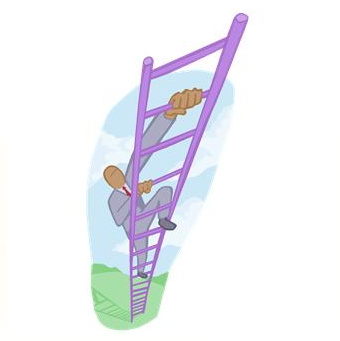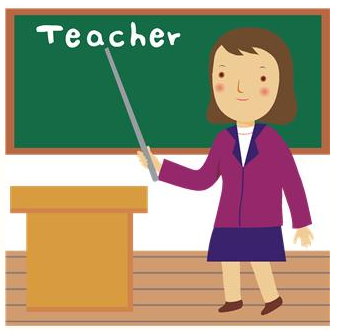eDiscovery Best Practices: After Production, Your eDiscovery Obligations Are Not Necessarily Over

While a number of attorneys have yet to still embrace and fully understand eDiscovery best practices, most at least understand that there are (since 2006) Federal Rules of Civil Procedure that address discovery of electronically stored information (ESI) and (for most, but not all) similar rules at the state level. More are learning to conduct an initial discovery conference (a.k.a., “meet and confer”) with opposing counsel to address eDiscovery requirements at the beginning of a case and more now not only understand the requirements to preserve potentially responsive data once it is clear that litigation is imminent but also how to conduct the review and production in a defensible manner. However, as noted in this Texas Lawyer article, How to Prepare for E-Discovery Supplementation Obligations (written by Ross Cunningham and published in Law Technology News), an attorney’s eDiscovery obligations are not necessarily over after production.
As the author notes, “six months to a year into the process, most lawyers forget a key obligation. Under Texas and federal rules, all parties have an ongoing duty to supplement discovery responses.” Failure to meet ongoing obligations to continue to preserve data and periodically update searches to retrieve new information could – like any other failure to meet obligations – result in sanctions.
The author has created a clever acronym to address a party’s supplementation obligations: PREPARE. Here are the components of that acronym:
- Preserve: It’s not just important to issue the hold correctly, but also to periodically follow up on hold notices to keep custodians on notice of their obligation to continue to preserve the data in question until they are instructed that they can release it (which is also very important to ensure that information no longer subject to hold doesn’t continue to be preserved outside of the organization’s document retention policies). Sometimes, the hold may need to be expanded to additional custodians as they case continues.
- Research: The more the attorney knows about the case and the client, the better he/she will be able to assess whether custodians are continuing to create discoverable information throughout the case and manage supplementary eDiscovery obligations accordingly.
- Execute: As the author notes, “[t]his means drafting an e-discovery plan — and sticking to it.” Up front planning to meet with the client to identify all sources of ESI will help ensure a complete preservation and collection process and also create a “road map” for supplemental discovery. However, it’s also important to periodically re-assess the plan and update it where appropriate as new custodians may be identified (or even hired).
- Proactive: Educating the client on what goes into an eDiscovery plan and best practices for conducting that plan, along with education on the consequences for failing to comply (including sanctions) will help ensure a smooth eDiscovery process. After all, the client knows their data better than the attorney ever will.
- Ally: By allying with trusted providers who are involved from the planning stages, that provider should be reliable to support the supplemental eDiscovery process.
- Recalibrate: No matter how prepared you are, you cannot always anticipate every situation, so you need to be prepared to adjust (“recalibrate”) the plan when unforeseen occurrences happen. When you have a well thought out eDiscovery plan that is executed well, courts tend to be more forgiving of anomalies.
- Expectations: Setting expectations with opposing counsel during the initial discovery conference will help determine whether discoverable information will continue to be created over the course of discovery and hopefully obtain agreement as to how often supplemental searches will be performed.
Of course, the order of these items might not fit the actual order of execution. Research, Execute, Proactive, Expectations, Ally, Preserve, Recalibrate might be more appropriate. But, REPEAPR doesn’t make nearly as catchy an algorithm!
So, what do you think? Have you dealt with supplementary eDiscovery in any of your cases? Please share any comments you might have or if you’d like to know more about a particular topic.
Disclaimer: The views represented herein are exclusively the views of the author, and do not necessarily represent the views held by CloudNine Discovery. eDiscoveryDaily is made available by CloudNine Discovery solely for educational purposes to provide general information about general eDiscovery principles and not to provide specific legal advice applicable to any particular circumstance. eDiscoveryDaily should not be used as a substitute for competent legal advice from a lawyer you have retained and who has agreed to represent you.






